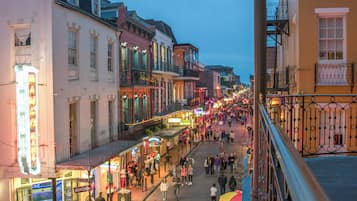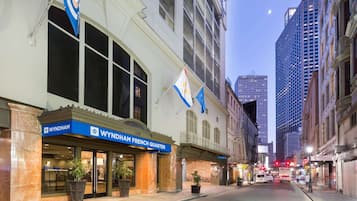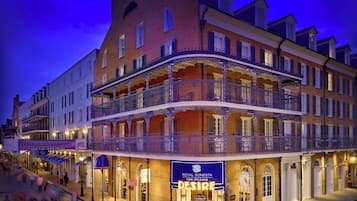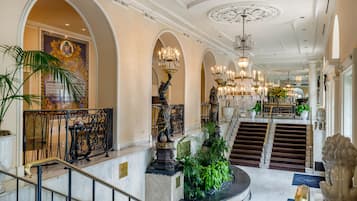Esplanade Avenue is a thoroughfare in New Orleans that starts at the Mississippi River and travels outward 3 miles to City Park. To traverse this street is to take a journey back in time, and you'll wish that the buildings could talk.
Esplanade Avenue is one of New Orleans’ hidden treasures as one of the most scenic yet quiet streets in the historical district. From its humble beginnings as a portage road between Bayou St. John and Lake Pontchartrain’s link to the Mississippi River to its majestic glory as “Millionaire’s Row” of the Creole District, it is an experience you won’t want to miss.
Esplanade Avenue - one of the highlights of 10 Most Popular Streets in New Orleans (Read all about New Orleans here)
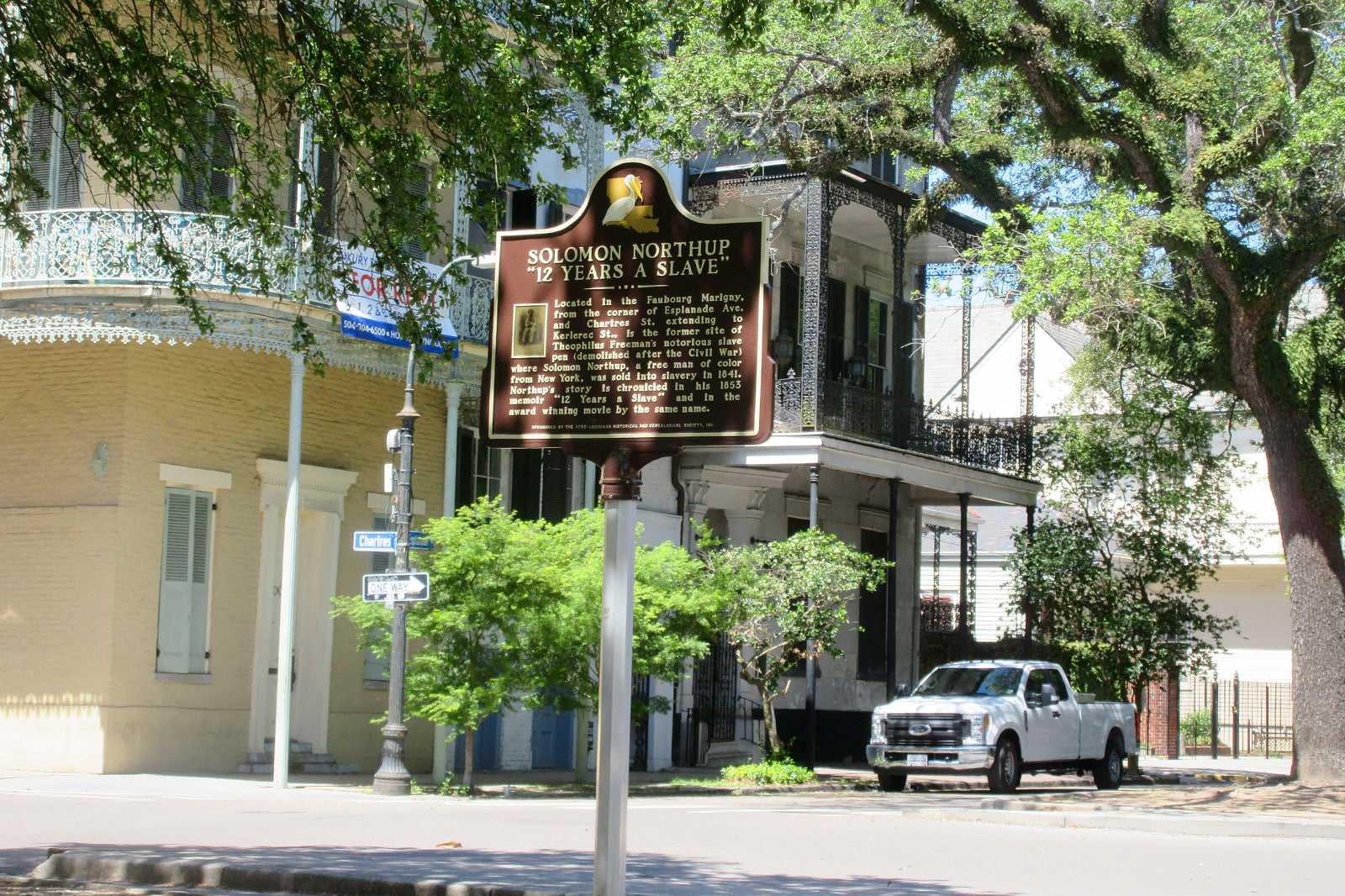
photo by Infrogmation of New Orleans (CC BY-SA 4.0) modified
Highlights of Esplanade Avenue
Esplanade Avenue has a distinct place in the history of New Orleans. There are 19th-century mansions that line the street, as well as a mix of other brightly colored dwellings including modest “shotgun”-style homes.
Esplanade Avenue is one of the areas where “slave pens” were established outside of the French Quarter. A historical monument plaque at the intersection of Esplanade Avenue and Chartres Street commemorates the life of Solomon Northup, author of "Twelve Years a Slave," who was held in such a pen before being sold into slavery in 1841.
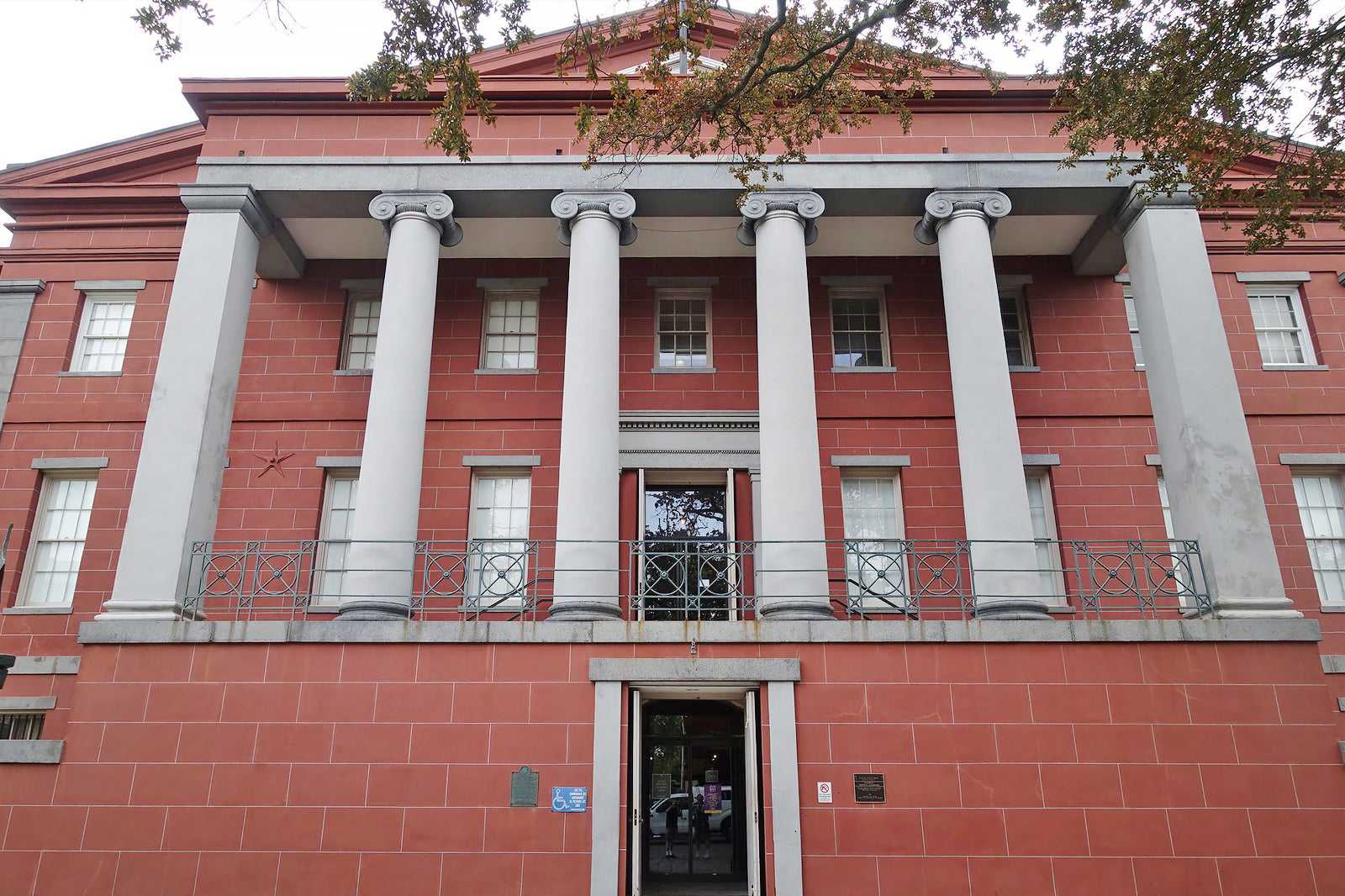
photo by Jeremy Thompson (CC BY 2.0) modified
Good to know about Esplanade Avenue
If you like jazz, be sure to check out the New Orleans Jazz Museum inside the Old U.S. Mint on Esplanade Avenue. The building was built in 1839 and provided currency for both the United States and the Confederacy while it was in operation.
Be sure to check out the Edgar Degas House while on Esplanade Avenue as well. The French painter stayed for a few months in 1873 with his American relations and is said to have painted some of his most famous works here. Today, the home is a bed-and-breakfast and a small museum.
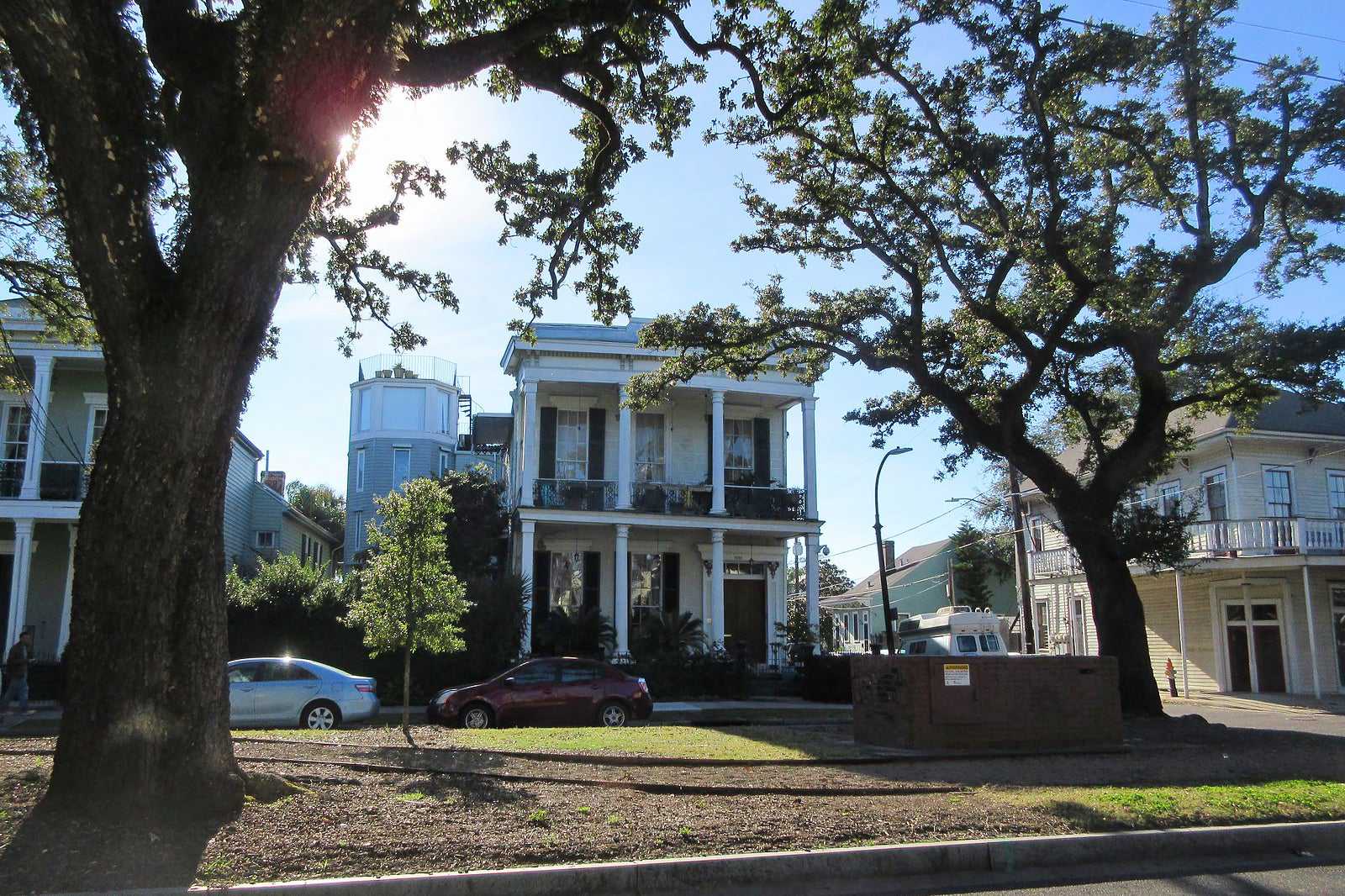
photo by Infrogmation of New Orleans (CC BY 2.0) modified

